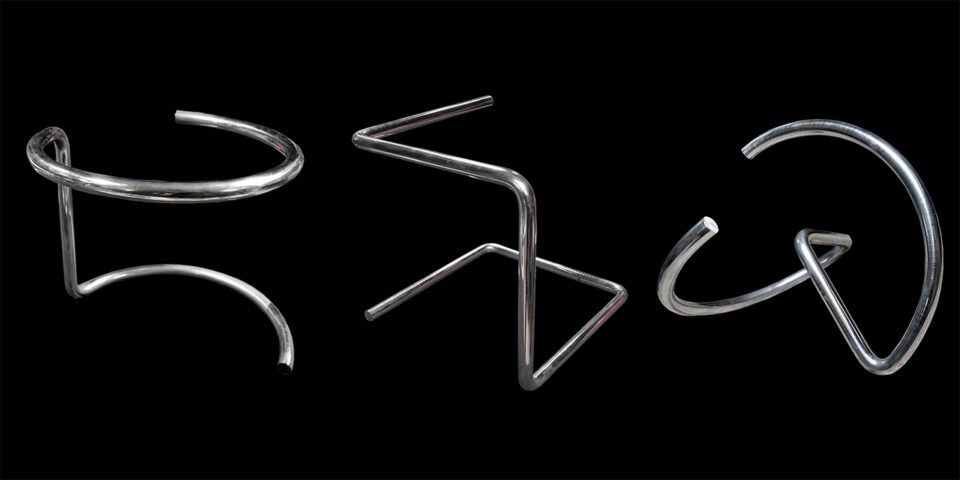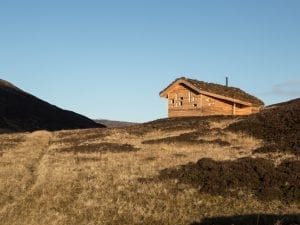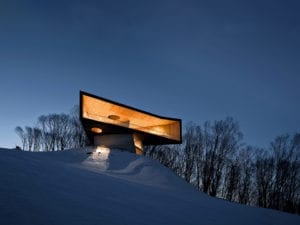Pedro Léger Pereira is an architect, sculptor and artist whose works move beyond genre and technique.
A: You have worked on various international projects at the intersection of architecture and sculpture – how do you find these processes relate?
PLP: I was just giving an interview a couple years ago to a magazine where I was asked a very similar question. My answer was in-part joking, saying that it’s only architecture “when I need to put windows on it.”
In truth, the boundaries are really thin. All architectural projects I lead as main designer are described as sculptural, and all the drawings / artworks which I make on a personal level are described as architectural. Perhaps this is due to the rigid geometry and straight lines. There’s an influence from one school of thought to the next but they enrich each other.
A: Would you define your practice as multidisciplinary? Where did you begin and how is that different to now?
PLP: I began as an architect, but since university I was told that what I was designing was more aesthetic and sculptural – physical models realised in wood and steel. After my internship at The Hague, I returned to Lisbon and integrated sculpture into my repertoire. This is where everything started to make sense for me.
A: Many of your sculptures use structural materials such as wood and marble – what is the importance of materials for you?
PLP: I don’t like artificial or temporary artistic models. In my mind, artworks should last forever. Studying art history has taught me ideas about what endures. As such, I mostly use stone and steel, most recently wood, exploring the potential of nature and how it can bend to ideas and processes. They create many different subtle finishes, that are either rough or polished – there’s an interesting contrast between the two. I trust in the knowledge of the material.

A: What has been your favourite architectural project to date?
PLP: I’ve traveled the last 20 years around all the world and most of the time the “motivation” is to visit architectural masterpieces. That being said, I do not believe in images of buildings. You really need to see things in person, to live, breath and touch them if you want to understand them.
I must admit that I’m extremely sensitive works by Le Corbusier – mostly I think due to the use of “raw materials” like the and integration of sculptures, paintings and colours. Perhaps Ronchamp – La Tourette and Chandigarh (the city itself).
A: How do you find that architecture is changing – how are you responding to climate change and the urge for sustainable practices?
PLP: I’m not sure Architecture is changing for best. In fact, I’m a bit disappointed with most of the things I’ve seen recently. It seems to me many architects are using an almost immeasurable amount of materials and techniques. Many claim to be environmentally friendly also – but what does this really mean in terms of making a difference to today’s climate crisis?
In the last two years I lived in several extreme locations, from the Arctic to South America, and of course, several cities in Europe. In each place I study the architecture and have realised that in fact climate is changing quite a lot and some construction methods have become suddenly obsolete.
This does not mean I believe in a globalised version of construction – in fact, I think the opposite. Sustainability should mean that you should first understand and respect the territory in which you are building. Second, there has to be an understanding of sustainable materials and local labour. It’s all down to the environment as a mediator for design.
Leger Pereira’s works are now on display at Primner, Lisbon, until 20 June. For more information: primner.com
Image Credits: Pedro Léger Pereira.





